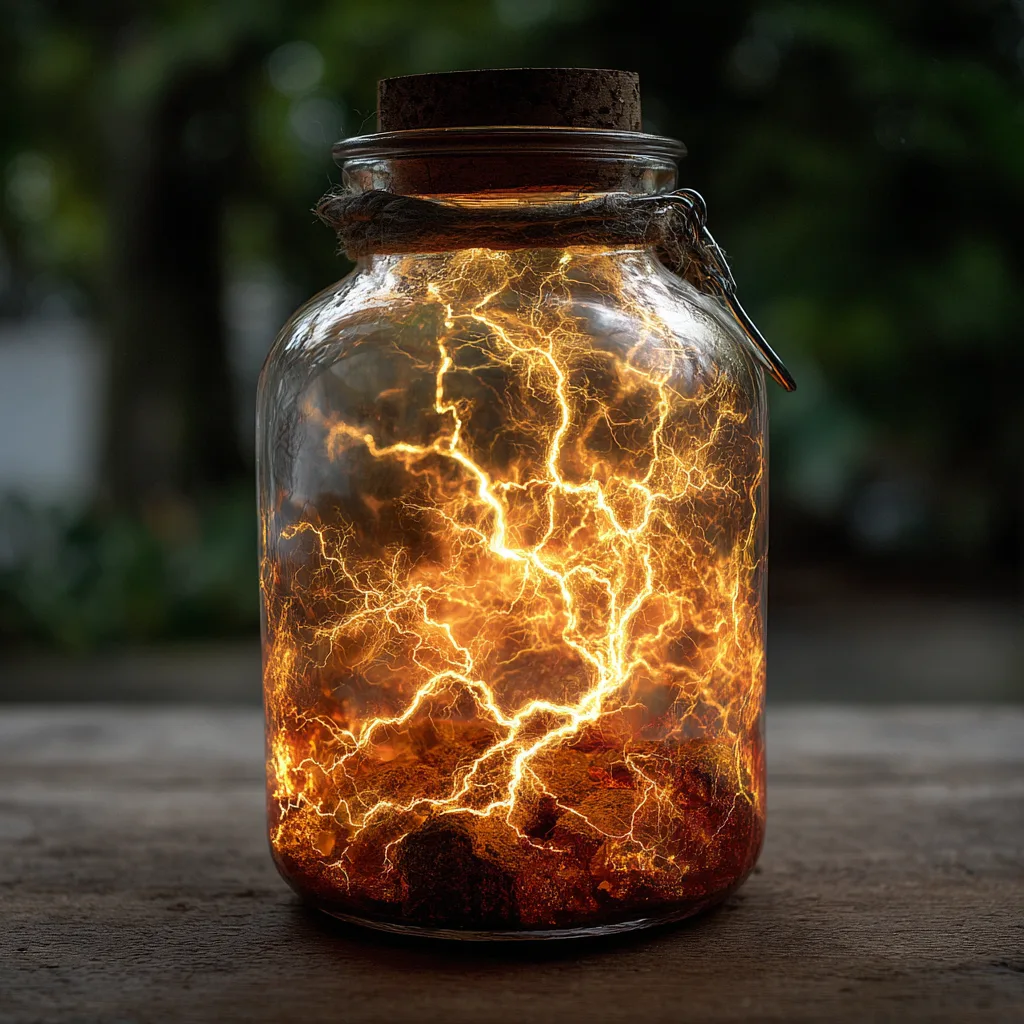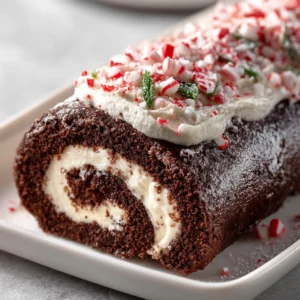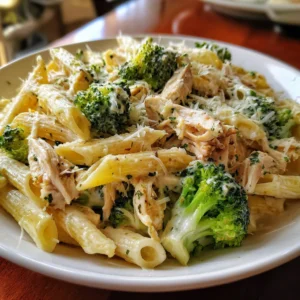Every child is captivated by the raw power and beauty of a thunderstorm—the crack of thunder, the flash of lightning, and the charged feeling in the air. While we can’t bring a real storm indoors, we can capture its essence in a safe, mesmerizing, and educational way. This Fizzy Lightning Potion experiment allows young scientists to do just that: bottle a miniature, silent storm that fizzes, bubbles, and flashes with glittery “lightning” in the palm of their hand.
This activity is more than just a fun craft; it is a hands-on demonstration of fundamental chemical reactions and physical properties. It transforms abstract scientific concepts into a tangible, thrilling spectacle, making it a perfect tool for parents and educators to spark a lifelong curiosity about chemistry and physics. This guide will provide a detailed, step-by-step process for creating your potion, a deep dive into the science behind the magic, and numerous ideas for extending the creative and educational play.
The Alchemist’s Laboratory: Gathering Your Ingredients and Tools
The beauty of this experiment lies in its accessibility. The ingredients are common household items, each playing a specific role in creating the stormy effect.
Core Ingredients (Makes 1 Jar):
-
1 Clear Glass Jar (Pint-sized): This is your cauldron and observation chamber. A mason jar is ideal, as its transparency allows for a 360-degree view of the chemical storm. The straight sides also help contain the reaction beautifully.
-
1/2 Cup Water: Acts as the base liquid for your potion, diluting the vinegar slightly to prolong the reaction.
-
1/4 Cup Vinegar (White Distilled): This acidic liquid is one of the two key reactants that will power the fizzing reaction.
-
1 tsp Baking Soda: This base is the second key reactant. When it contacts the vinegar, it triggers the energetic reaction that simulates the storm’s energy.
-
1 Fizzy Tablet (like Alka-Seltzer) or Extra Baking Soda: This is the “lightning strike” that intensifies the reaction. The tablet provides a sustained, bubbling release of carbon dioxide, creating a more dramatic and longer-lasting effect than baking soda alone.
-
1 tbsp Glitter (Silver, Gold, or Electric Blue): This is our visual representation of lightning. The glitter particles will be carried by the bubbles, creating dazzling streaks and flashes within the jar.
-
1/2 tsp Dish Soap: A critical ingredient for creating the “lightning” texture. The soap traps the carbon dioxide gas, forming a matrix of foamy, long-lasting bubbles that give the glitter a medium to swirl and flash through, mimicking the branched appearance of a lightning bolt.
-
Food Coloring (Yellow, Blue, or Neon Green – Optional): These colors help create the illusion of an electric, otherworldly storm. Yellow can mimic the flash of lightning, while blue or green can give the potion a magical, eerie glow.
Essential Tools:
-
1 Small Mixing Bowl: For combining the liquid ingredients.
-
Spoon or Dropper: For stirring the mixture and for carefully adding the baking soda if you choose to use it in place of the tablet.
Conjuring the Storm: A Step-by-Step Guide to Brewing Your Potion
Follow these steps carefully to create the most dramatic and visually stunning storm-in-a-jar. Framing it as a potion-making ritual can greatly enhance the sense of wonder and excitement for young learners.
Step 1: Prepare the Storm Base
In your small mixing bowl, combine the 1/2 cup of water and 1/4 cup of vinegar. If you are using food coloring, add a few drops now. Yellow is highly effective for a classic lightning look, while neon green or blue can create a more mystical “witch’s storm” aesthetic. Stir the mixture gently to combine.
Step 2: Create the Sparkling Sky
Take your clear glass jar and pour the tablespoon of glitter into it. Silver and gold glitter create a classic, dazzling effect, while electric blue can enhance the cool, stormy theme. The glitter will settle at the bottom, representing the latent energy in the clouds before a storm.
Step 3: Pour the Potion Base
Carefully pour the colored water-and-vinegar mixture from the bowl into the jar. Fill the jar only to about three-quarters full. Leaving this headspace is crucial, as it gives the foam and bubbles room to erupt without overflowing immediately.
Step 4: Summon the Lightning Bubbles
Now, add the 1/2 teaspoon of dish soap to the jar. The soap is the secret to the “lightning” effect. It doesn’t just create bubbles; it creates a foam that will hold the glitter aloft in intricate, branching patterns. Do not stir the jar vigorously at this point. A gentle swirl can help incorporate the soap, but over-stirring will create suds too early.
Step 5: Unleash the Storm
This is the moment of magic. If you are using a fizzy tablet (the recommended method for a sustained storm), break it in half and drop both pieces into the jar. If you are using the optional extra baking soda, you can add it now.
As soon as the tablet or baking soda hits the liquid, the reaction will begin. Watch as the potion immediately starts to fizz and bubble. The glitter will be caught in the current, shooting up through the foam in brilliant, lightning-like streaks. The dish soap will transform the simple fizz into a thick, bubbling foam that climbs the sides of the jar, creating a dynamic, miniature tempest that can last for several minutes.
The Science of the Storm: Unpacking the Magic
The enchanting spectacle in the jar is a powerful demonstration of several key scientific principles. Explaining these concepts in simple terms can turn a fun activity into a profound learning experience.
The Chemical Reaction: An Acid-Base Reaction
At its core, this is a classic acid-base reaction. The vinegar (acetic acid, an acid) reacts with the baking soda (sodium bicarbonate, a base). This reaction produces three things:
-
Carbon Dioxide Gas (CO2): This is the source of the fizzing and bubbling. The rapid production of gas is what drives the entire motion within the jar.
-
Water (H2O): A harmless byproduct.
-
Sodium Acetate: A salt that dissolves in the water.
The chemical equation is: HC2H3O2 (vinegar) + NaHCO3 (baking soda) → NaC2H3O2 (sodium acetate) + H2O (water) + CO2 (carbon dioxide)
When you use an Alka-Seltzer tablet, you are introducing both a base (baking soda) and an acid (citric acid) into the water, creating a similar but often more controlled and prolonged reaction.
The Physics of the “Lightning”: Fluid Dynamics and Surface Tension
The dish soap introduces the physics of surface tension and foam formation. Soap molecules have a unique structure that weakens water’s surface tension and traps the CO2 gas in bubbles. This foam matrix is what gives the glitter a structured path to follow. Instead of just sinking or floating randomly, the glitter particles are carried upwards on the bubbles and through the foam’s channels, creating the branched, streaking effect that so closely resembles forked lightning.
The Role of Density and Convection
The reaction also creates a convection current within the jar. The newly formed bubbles and the slightly warmer water from the exothermic reaction are less dense and rise to the top. As bubbles pop at the surface, the denser liquid sinks back down, creating a circular motion that continues to churn the glitter and color throughout the reaction.
Creative Variations and Extended Learning
Once you have mastered the basic potion, the experimentation can begin. Encourage young scientists to alter the variables and observe the results.
Thematic Potions:
-
Deep Sea Geyser: Use blue food coloring and sand at the bottom of the jar instead of glitter.
-
Volcanic Eruption: Use red food coloring and a drop of black for a lava effect, with red glitter as sparks.
-
Galactic Nebula: Use purple and black food coloring with multi-colored star-shaped glitter.
Scientific Method Practice:
Form hypotheses and test them.
-
Question: What happens if we use cold water versus warm water?
-
Hypothesis: Warm water will make the reaction faster and more vigorous.
-
Test: Conduct two identical experiments, changing only the water temperature.
-
Observation and Conclusion: Document the differences in reaction speed and foam height.
Sensory and Artistic Extension:
After the reaction has completely finished, use the leftover, glitter-filled foam as a unique, textured paint for a “stormy scene” on thick paper.
Essential Safety and Cleanup Tips for a Worry-Free Experiment
-
Supervision is Key: Always supervise children during this experiment. While the ingredients are non-toxic, they are not for consumption.
-
Protect Your Space: Conduct the experiment on a tray, baking sheet, or outdoors to easily manage any potential overflows.
-
Eye Safety: While rare, a vigorous reaction could cause bubbles to rise quickly. Remind children to observe from the side and not directly over the top of the jar.
-
Easy Cleanup: The glitter and soap can make cleanup sticky. Rinse the jar with warm water. To dispose of glitter responsibly, wipe most of it out with a paper towel before rinsing.
Conclusion: More Than Just a Fizzy Jar
The Fizzy Lightning Potion is a quintessential example of how play and learning are not mutually exclusive but are instead deeply intertwined. It takes the intimidating concepts of chemical equations and fluid dynamics and makes them accessible, memorable, and utterly delightful. This activity does more than create a beautiful object; it ignites a spark of curiosity. It encourages questioning, testing, and a deeper appreciation for the invisible forces that shape our world. So, gather your ingredients, embrace the mess, and get ready to unleash a storm of creativity and scientific discovery in your own home.



